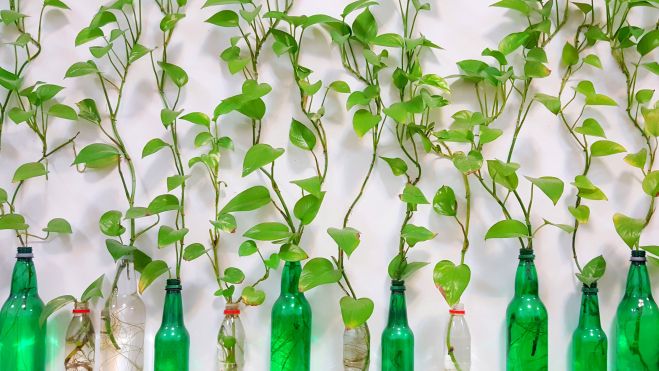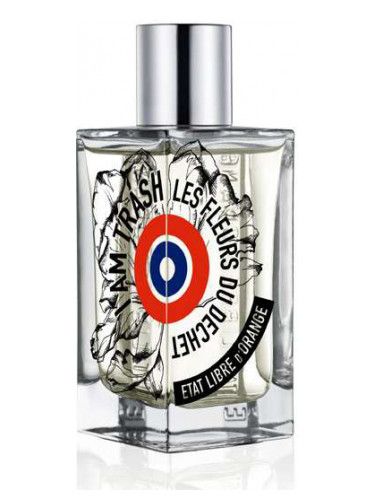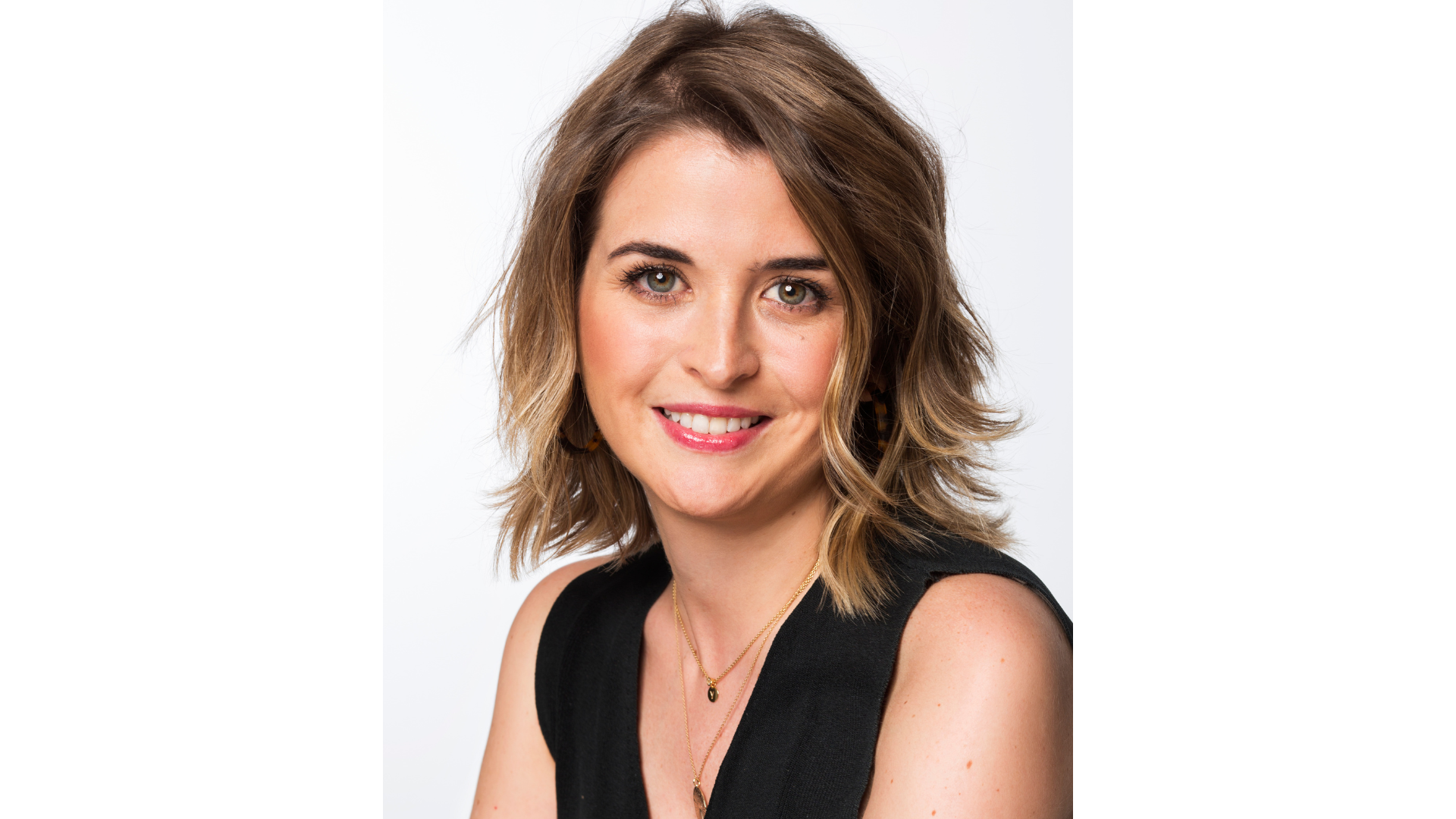They think in all what throw to the rubbish in a day. Only in alimentary scraps, the cubes of the Spanish homes filled of 23,11 million kilos or litres each week of 2022, according to the last study of the Ministry of Agriculture, Fishing and Feeding[i]. There are more data in this regard that are not at all halagüeños. As the ones of the report What to Waste 2.0, of the World Bank,[ii] twhich warns that, unless urgent action is taken, global waste will increase by 70% by 2050, reaching 3.4 billion tonnes per year. We all have a lot to do in this regard and the beauty industry cannot remain on the sidelines. In fact, more and more cosmetics and perfumery laboratories and brands are finding upcycling to be a really interesting solution both to reduce waste and to enter into the principles of the circular economy.
Behind the anglicism, which could be translated as suprarecycling and which is the result of merging the terms recycle (cycling) and improve (up), we find a resource that we have often put into practice at home. Or we have seen ad nauseam in the decoration of bars and restaurants. From tomato and vegetable tins that are transformed into flowerpots to bottles that are beautiful vases or pallets that, with a little skill, become tables or outdoor sofas.

The philosophy of upcycling is to use waste and scraps and give them a new value. Photo: Hasan Almasi (Unsplash)
In the words of Julia A. Boras, founder and R&D director of Bloometic, a scientific consultancy specialising in cosmetics, "this trend makes it possible to take advantage of the remains of raw materials used in other production processes and give them a new value".
Squeezing resources
Fashion has adopted the idea by rescuing plastic bottles to make T-shirts; advertising or truck tarpaulins and surf sails to make bags and backpacks etc. Now it is the turn of cosmetics and perfumery, a market that rather than seeing it as a trend is embracing it as a new form of sustainable production. "We don't see upcycling as a fad, but as part of a vital decision to make better use of natural resources and reduce environmental impact," confirms Valerie de la Peschadiere, Business Development Naturals at Givaudan. The Swiss multinational, which specialises in the development of ingredients for perfumes and cosmetics, has several examples. For example, a peach and an apple olfactory note extracted from fruits used in juices that are discarded. Or a rose absolute - called Rose NeoAbsolute - obtained by reprocessing petals used in other creations.

I Am Trash-Les Fleurs du Déchet, by Etat Libre D'Orange, the best example of super-recycling in perfumery
We can find both chords, together with distilled wood shavings, in the fragrance I Am Trash-Les Fleurs du Déchet, by Etat Libre D'Orange. A creation that from its name ('I am trash') is a declaration of intent in favour of super-recycling. There are many more examples in the world of perfumery. Coty - Chloé, Gucci, Calvin Klein... - obtains ethanol, essential for the diffusion of the scent, from the factory's carbon emissions. Or A Drop d'Issey, one of Issey Miyake's (Shiseido) most sustainable perfumes, includes a note of cedar from waste from the US furniture industry.
The cosmetic power of leftovers
For some time now, skin care formulas have been finding a new source of ingredients in "waste". Most often, laboratories turn to the food industry. MartiDerm uses grapefruit seeds to obtain a moisturising and regenerating extract that is used in some of its youngest brand (Re)Herm products. More examples: fruit leftovers from bottled juices can be used for anti-ageing actives and coffee grounds or olive pits for exfoliating agents. As you can see, any raw material, before it is completely discarded, can be turned into a potential cosmetic active ingredient. Even vegetable ashes, such as coconut husk ash, which is used in the soaps, serums and masks of the Spanish brand Ashes to Life.
Givadaun goes one step further. Vetivyne, a powerful anti-ageing active ingredient, is not only a sign of environmental but also social commitment. It is extracted from the roots of Haitian vetiver, which the company uses to produce aromatic essences. It is worth remembering that, for decades, Haiti has suffered the consequences of the overexploitation of this raw material[i]. It is therefore particularly noteworthy that it is being revalued in this way. Finally, we cannot overlook the fact that upcycling and all the values it represents - sustainability, use of resources, circular economy... - represent a competitive advantage for a sector where customers are willing to pay more for responsible and sustainable products[ii].
References:
[i] https://www.premiumbeautynews.com/en/haitian-crisis-the-vetiver-sector,15916
[ii] https://www.simon-kucher.com/en/who-we-are/newsroom/recent-study-reveals-more-third-global-consumers-are-willing-pay-more
[i] https://www.mapa.gob.es/es/alimentacion/temas/desperdicio/20230629-informe-desperdicio-alimentario-2022_ok_tcm30-655401.pdf
[ii] https://www.bancomundial.org/es/news/press-release/2018/09/20/global-waste-to-grow-by-70-percent-by-2050-unless-urgent-action-is-taken-world-bank-report
